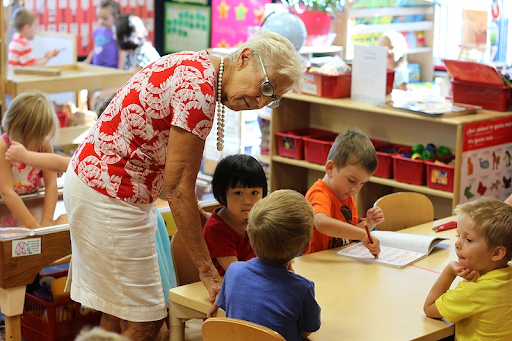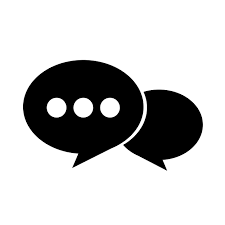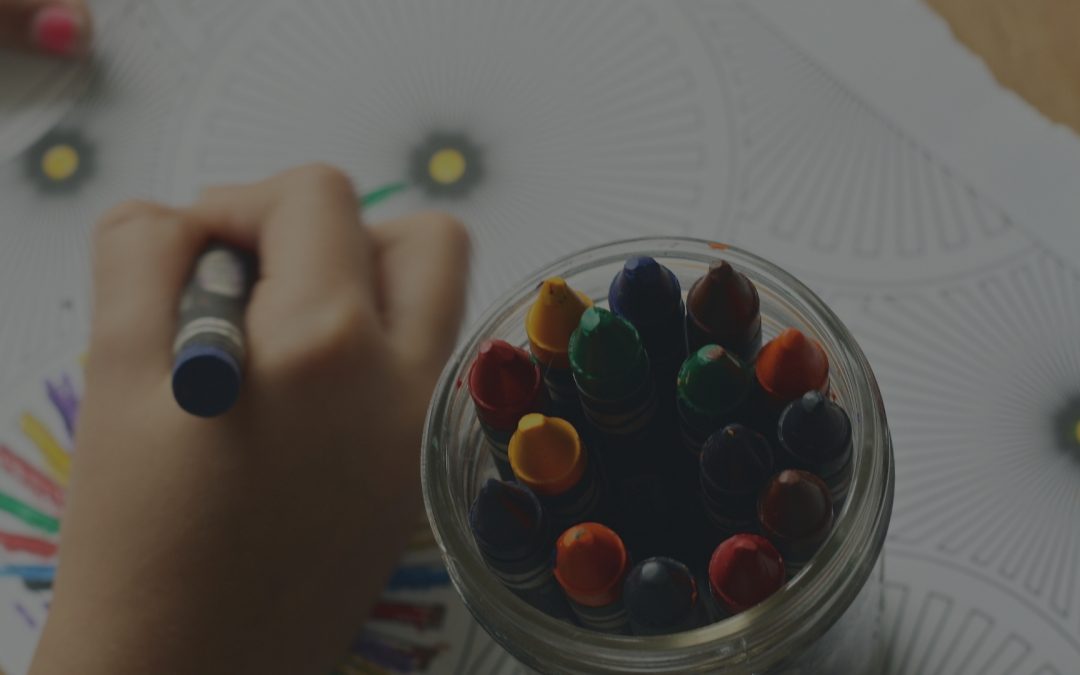Need for Oral Language Development in Early Literacy
Oral language forms the bedrock of early literacy.
It is one of the greatest predictors of a child’s success in school.
Oral language development plays a critical role in early literacy because it provides the foundation for reading and writing.
As children acquire more words and learn to use them in meaningful ways, they are better able to understand and use written language.
Beyond the foundational role of oral language, early language skills are in fact predictive of later reading comprehension development.
Grade 5 students with poor reading comprehension despite adequate word-reading skills – showed weak language skills as early as 15 months of age.
Studies show that children with unresolved specific language impairment in kindergarten are at a higher risk for reading difficulties, particularly in phonological processing and reading comprehension.
Given the crucial stature of phonological awareness and reading comprehension in evidence-based literacy, mastering oral language early on is key to reading successfully!
How is Oral Language Acquired?

Babies begin to acquire language within months of being born and by age five, they can master basic sound system structures and grammar.
Young children develop their oral language skills through conversations with their caregivers, exposure to a rich vocabulary, and opportunities to practice their language in different contexts.
Thus, for the acquisition of oral language, It’s important to provide high-quality early learning experiences which contain such interactions, exposure and opportunities to practice.
Oral Language is a skill practiced all the time with teachers, educators, parents, peers and members of the community. If well-supported properly, it encourages reading and writing.
Thus, there also needs to be a high-level of parental involvement and community participation, where adults in the child’s life are taking the time to speak to them and encouraging them to speak also.
Cultural relevance can make a huge difference in strengthening early learning, especially in how it promotes oral language acquisition. Culturally responsive content helps students to see themselves in what they are learning. Connecting with words and concepts is easier, and learning is more fluid.
Having understood the need for oral language in early literacy and its acquisition process, how do the aforementioned practices translate into practice?
What Should your Early Literacy Program Look Like?

Since few children entering kindergarten can read words, early literacy programs should look at oral language skills that develop word recognition and/or decoding ability.
When taught in combination with language comprehension, concepts such as communication and vocabulary leads to reading comprehension.
Thus, whether it’s a program for preschool, kindergarten, or the early elementary grades, it is very important that early literacy programs teach both word recognition and language comprehension.
Besides the actual teaching content focusing on oral language, the following considerations should also be made for maximizing oral language growth.
Holistic Learning for Constant Exposure to Oral Language
Early learners should be exposed to oral language activities holistically, in all aspects of life.
It’s important that an early literacy program engages caregivers as well. Students that have caregivers actively engaged in their learning do better in overall educational outcomes, grades and academic achievement.
Holistic learning is a large topic which Sprig has covered previously in multiple blog posts. It should be used in early literacy where a child has more than one person to practice oral language skills with, and more than one environment where such practice can take place.
Early Assessments to Gauge Oral Language Requirements
Assessments of oral language skills are important to identify children who are likely to need more intensive instruction to achieve reading success.
By identifying and working with students across all literacy levels early, educators can be proactive in ensuring that students meet or exceed academic expectations.
Early and frequent assessment of children’s oral language abilities provides educators and caregivers with a clearer picture of student learning.
Holistic learning also plays an important role in early assessments of skills which digs deep into each student’s needs, strengths and interests.
Such assessments conducted regularly early on as these traits are being formed, are called formative assessments. It’s another topic that is covered extensively by Sprig. Holistic formative assessments are great for assessing oral language skills early and frequently.
Making the Connection Between Oral Language and Other Foundational Reading Skills
Oral language is paramount for early literacy, not just on its own accord, but because it has such strong ties to other foundational reading skills that result in reading proficiency.
For example,
Children learn to recognize and manipulate speech sounds through activities such as rhyming and segmenting words into individual sounds.
This is phonological awareness, and its development can be encouraged by teachers by encouraging children to play with sounds in oral language.
Also, children develop comprehension skills through conversations, discussions, and storytelling, where they learn to understand and interpret the meaning of oral language.
Teachers can support reading comprehension development by asking open-ended questions about the text and encouraging children to make predictions about what will happen next.
These language comprehension skills come in very handy for reading comprehension.
Similarly for vocabulary acquisition, children build their vocabulary knowledge by being exposed to a variety of words and phrases in different contexts in oral language.
Teachers can support vocabulary acquisition by using rich and varied language in their own speech and reading aloud high-quality books that use sophisticated vocabulary.
How to Ensure Oral Language Development for Early Literacy

Children who have strong oral language skills are more likely to develop strong reading and writing skills, while children who struggle with oral language development may experience difficulties with literacy.
Therefore, it is important to provide young children with rich language experiences and opportunities to develop their oral language skills to support their early literacy development.
Oral language development is an ongoing process that occurs over time, and it is best supported through a combination of explicit teaching, rich language experiences, and opportunities for children to engage in meaningful conversations and interactions.
Sprig Learning offers two solutions that deal with oral language development.
Sprig Language does a deep dive on the fundamentals of oral language for Pre-K to Kindergarten students, working on things such as pragmatics and syntax.
Sprig Reading also covers the fundamentals of oral language, but dovetails this one component of early learning with other foundational reading skills that are needed to turn a child into a confident and proficient reader by Grade 3.



